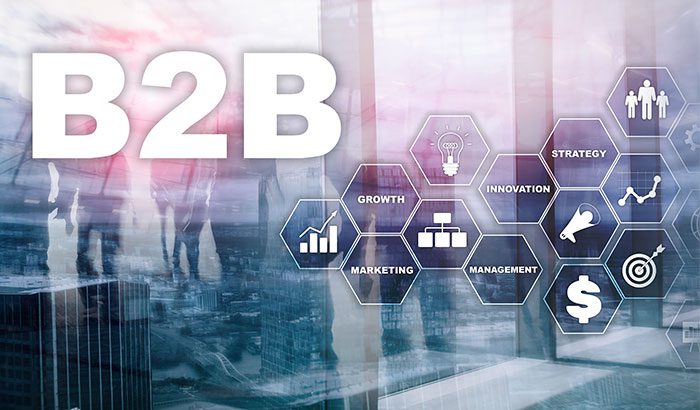Keeping your inventory stocked when you sell your products online is sometimes tricky – and that is exactly why eCommerce inventory financing exists. You can keep your inventory running and your shop online when funds run low. eCommerce inventory financing is a game changer for many eCommerce businesses.
What eCommerce Is
eCommerce refers to the buying and selling of goods on the internet. There are three primary types of eCommerce: business-to-business, business-to-consumer, and consumer-to-consumer.
- Business-to-business (b2b) eCommerce takes place when businesses buy and sell from each other.
- Business-to-consumer (b2c) eCommerce is where companies sell their goods to customers. It’s the same as a customer walking into a store; only they’re clicking a mouse instead.
- Consumer-to-consumer (c2c) eCommerce is where consumers sell goods to each other. Selling things you no longer use – like old clothes or furniture – is an excellent example of c2c eCommerce.
You’re most likely to need eCommerce financing for B2B eCommerce or B2C eCommerce. It’s unlikely to need it for C2C eCommerce since you’re selling your personal belongings to other people.
What eCommerce Inventory Financing Is
With eCommerce inventory financing, you receive funding or financing to pay for costs related to your eCommerce business. eCommerce businesses don’t have brick-and-mortar stores to pay for, but there are inventory, employee, and business expenses to cover.
Do you store your inventory in a spare room in your home or rent a place to store it? Do you have an assistant to help you keep track of everything, but it’s your slow season? These are common examples of when inventory financing would come in handy.
eCommerce Financing Options
You have several options for financing your eCommerce business, including term loans, SBA loans, lines of credit, equipment financing, credit cards, inventory financing, trade lines, and merchant cash advances.
- Term loans, also known as small business loans, are mostly offered through banks and credit unions. You can also find them through some online lenders. Term loans come with low finance rates if you meet the qualifying criteria and are paid off with interest over a set time frame.
- SBA loans are similar to term loans; only they’re administered by the Small Business Administration instead of through a bank, credit union, or online lender. SBA loans are often easier to qualify for if you don’t qualify for a term loan.
- A line of credit provides you with an agreed-upon amount of capital to draw from. Instead of receiving a lump sum of cash to use at your discretion, you can borrow the exact amount you need when you need it. After paying back what you’ve used, you can make more purchases. This is ideal if you have a slow season every year but also have super busy times. A line of credit differs from a term loan, where you must apply for a new loan every time you need to borrow money.
- Equipment Financing is good if you need equipment to run your business. Say a printer breaks down, and you need that to print stickers or vinyl onto t-shirts. You can get financing to purchase a new printer. Equipment financing allows you to use the printer as collateral, reducing the overall interest you pay.
- Credit cards aren’t loans, but they can be used for anything. You can use your credit card to fund your business if you don’t want to apply for a loan or don’t qualify for one. However, exercising caution here is vital since credit cards often have very high interest rates. If you use a credit card, make sure you pay it off as soon as possible. If you apply for a new credit card, look for one with 0% interest for the first year. Finding a card with rewards you can redeem is also a good idea.
- Inventory Financing is similar to equipment financing, only it’s for your inventory instead of equipment. Say you purchase those t-shirts wholesale instead of printing them yourself, but you’re low on funds and need to order more for a big sale, where you know they’ll be the star of the show. Inventory financing is perfect for this. The interest rates for inventory financing are also lower because your inventory acts as collateral.
- A trade line gives you purchasing power with a vendor. You can get what you need upfront and pay it back later. This is an agreement you would make individually with different vendors you purchase from.
- Merchant cash advances will provide you with money immediately but at a cost. The interest rates are insanely high, most being between 70 to 200 percent. However, if you have a business with a high volume and need inventory now, a merchant cash advance could be a good option.
Qualifying for eCommerce Financing
The tricky part of getting eCommerce financing is qualifying for it. And no two lenders are the same. Qualifying for one lender doesn’t mean you’ll qualify for all lenders. But there are ways to increase your chances of qualifying for the perfect inventory financing for your business.
The two biggest factors are your business credit or consumer credit and how long you’ve been in business for.
Business credit refers to a business in your name having its own credit, while consumer credit is your personal credit. Some business owners use their personal credit for everything business-related, while others establish credit for their business.
The longer you’ve been in business, the more trustworthy you’ll seem to lenders. If you’re a brand new business, you might not qualify for SBA or bank loans until you’ve got a couple of years under your belt.
Apply for eCommerce Funding with Lighthouse Financial
Are you looking for eCommerce inventory financing for your business? Get in touch with us today. One of our funding specialists will be happy to guide you through the inventory financing process. Applying won’t affect your credit; it will get you one step closer to securing the financing you need. Contact Lighthouse Financial today!

